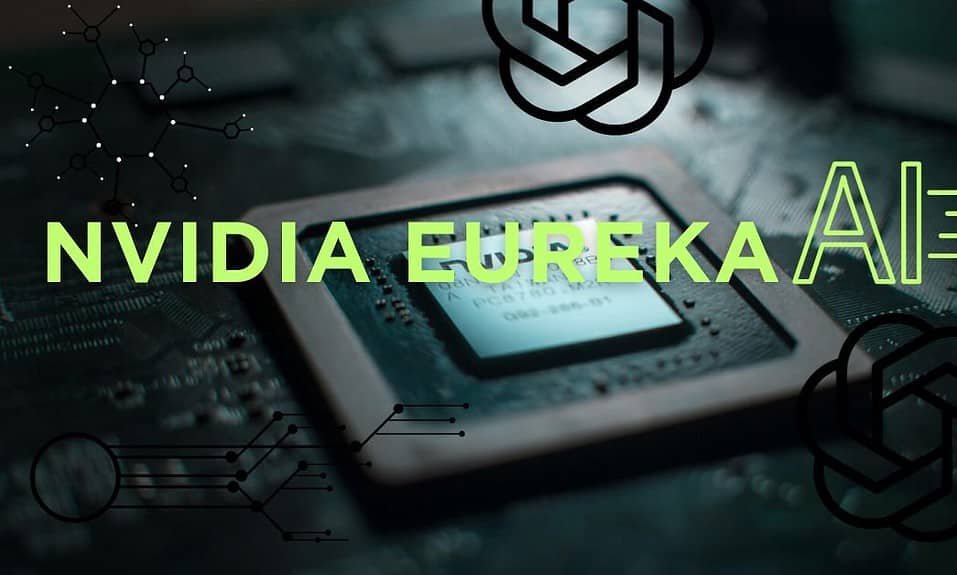Nvidia Eureka AI has recently introduced a cutting-edge AI named Eureka, a development that promises to revolutionize the field of robotics. Eureka stands out as a game-changing technology, powered by OpenAI’s GPT-4. It is an AI agent capable of autonomously teaching robots a variety of sophisticated abilities.
Eureka’s Groundbreaking Approach: Nvidia has automated the creation of reward functions using Eureka. It utilizes OpenAI’s GPT-4 to translate natural language directives into reward function frameworks, a process that was previously manual and time-consuming. Eureka’s capabilities extend beyond mere generation – it continuously refines these functions, evaluating their effectiveness and integrating developer input for ongoing optimization.
What Makes Eureka Unique?
Eureka is unique because it doesn’t rely on rigid reward templates or require detailed programming instructions. Instead, it uses bespoke reward signals, akin to a virtual coach, guiding robots through learning tasks. This approach is receptive to human input, allowing the AI to refine its generated rewards to stay true to the developer’s intents.
The Science Behind Eureka: At its core, Eureka operates on a specific type of neural network known as a reinforcement learning (RL) model. These models learn through a trial-and-error process within a simulated environment, continuously refining their approach to complete tasks more efficiently. This learning involves numerous iterations, as seen in Eureka’s mastery of the pen spinning trick.
How Does Eureka Work?
Eureka’s synergy with large language models (LLMs), like GPT-4, enables it to comprehend intricate tasks and translate them into actionable coding sequences for robots. The engine driving Eureka’s efficiency is Nvidia’s Isaac Gym, a GPU-accelerated simulation environment where Eureka assesses and refines various reward strategies.
Testing and Capabilities of Eureka
Eureka has been rigorously tested across a spectrum of robotic forms, from quadrupeds designed for stability across terrains to dexterous robotic hands capable of fine manipulation. Its capabilities have shown remarkable results in teaching 10 virtual robots to perform a suite of 29 actions, surpassing human-written code in over 80% of tasks.
Nvidia’s Eureka and ChatGPT Integration
The integration of GPT-4 with Eureka allows tackling a diverse range of tasks with human-like precision. This fusion exemplifies Nvidia’s forward-thinking approach, potentially leading to a future where robots can learn and adapt with a level of finesse rivaling human skill.
Pros and Cons of Eureka
While Eureka promises significant benefits across various industries, it also raises concerns about workforce disruptions and overreliance on AI. Ensuring ethical standards in AI-driven reward functions and maintaining human skills are crucial challenges to address.
Nvidia’s Other Advancements
Nvidia is also enhancing its Jetson system for industrial robotics, simplifying AI integration into industrial applications. Collaborations with organizations like Hugging Face and the development of tools like the Grace Hopper CPU+GPU super chip highlight Nvidia’s commitment to advancing AI capabilities.
The Future of AI in Robotics
The breakthroughs by Nvidia’s Eureka and similar advancements are transforming robots into dynamic learners. These systems hint at a future where robots are more than tools but fully autonomous beings capable of intelligent, intuitive interaction with their environment.
Learn more about Eureka and NVIDIA Research.




